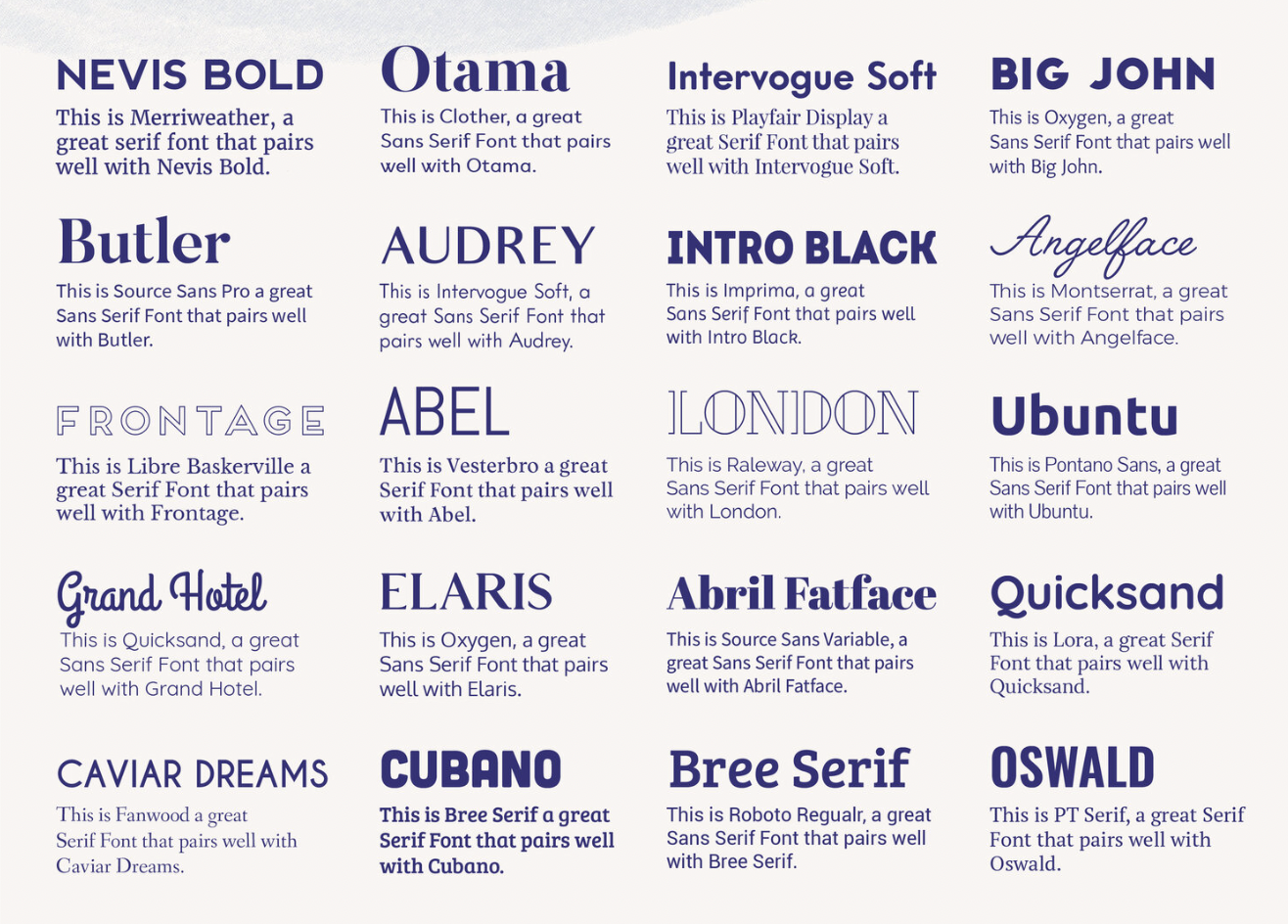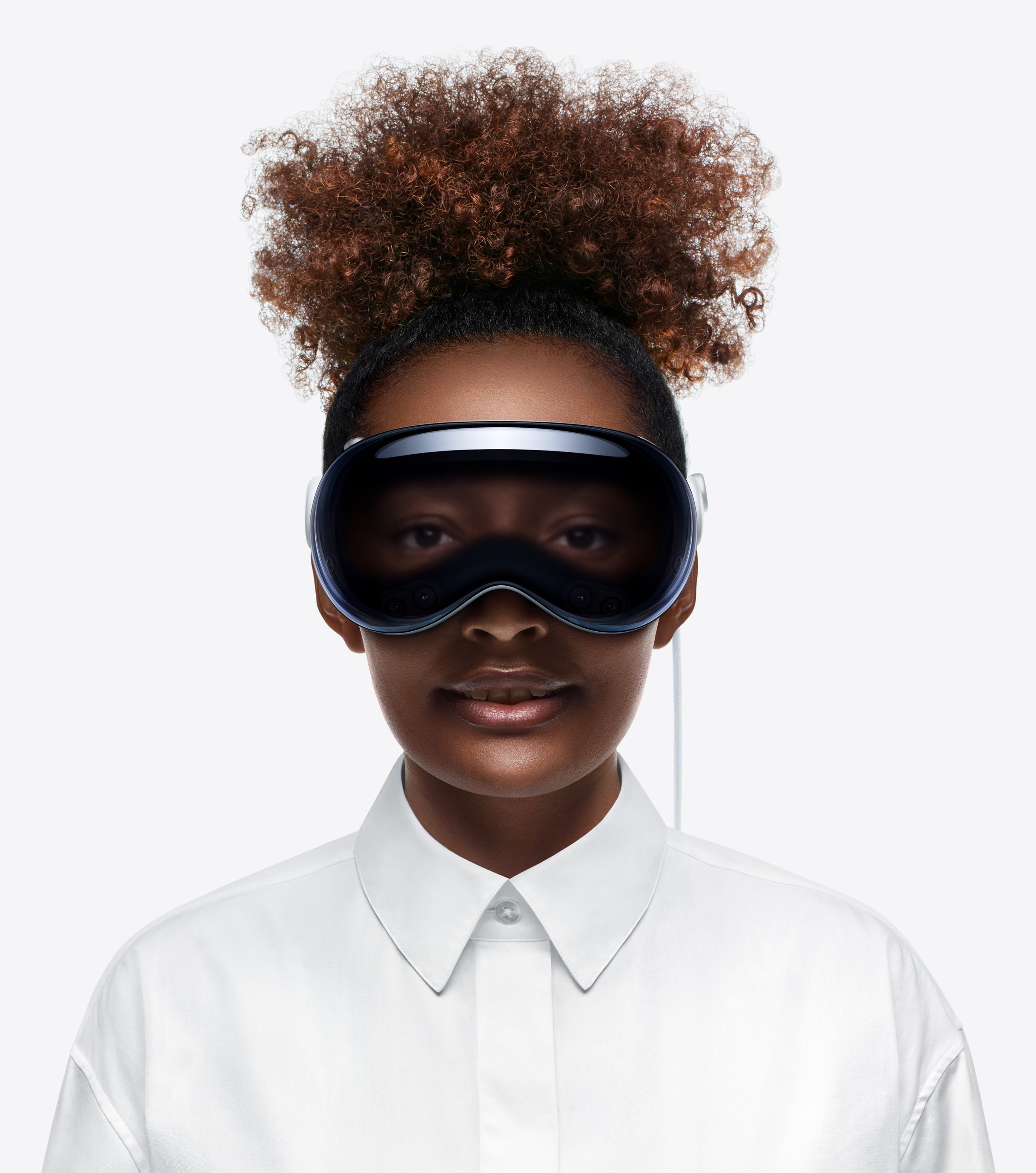What Is Color Grading?
Disclosure: This post contains affiliate links. By purchasing through these affiliate links, you are directly supporting us as creators at no extra cost to you which helps us make more videos and articles!
Color grading is a vital process in the world of filmmaking and photography that involves altering and enhancing the color and tone of visuals to create a desired mood, atmosphere, or style within a visual project. It is an art form that takes raw footage or images and transforms them into visually captivating and cohesive works of art.
In its essence, color grading is the manipulation of colors and their properties, such as hue, saturation, brightness, and contrast. It allows filmmakers, photographers, and visual artists to convey emotions, set the tone, and guide the audience's perception of a scene or an entire project.
To accomplish this, professionals utilize specialized software and tools, commonly referred to as color grading software or color correction suites. These applications provide a range of features and controls that allow for precise adjustments and modifications to individual colors and the overall look of the visuals.
Color grading is involved in every step of the post-production process. It starts by digitizing or importing the footage or images into the editing software, where basic adjustments are made to ensure overall consistency and match the intended creative vision. From there, more intricate adjustments can be made, including fine-tuning specific colors, creating thematic palettes, or mimicking certain film stocks or styles.
This Colorist Masterclass by Waqas Qazi helped take my skills of color grading to a new level! I cannot recommend it enough.
The process of color grading involves various techniques, each serving a specific purpose. Color balancing ensures that the whites appear neutral and that the overall color temperature is accurate. Color correction is used to fix any color imbalances or inconsistencies that may have occurred during shooting or to enhance specific elements of a shot. Color grading, on the other hand, is the artistic aspect of the process, where the mood, atmosphere, and style of the project are collectively established.
Color grading can dramatically impact the narrative and visual impact of a project. For example, a horror film may have desaturated colors, high contrast, and cool tones to convey a sense of unease and tension.
Conversely, a romantic comedy might feature warmer tones, softer contrasts, and vibrant colors to evoke feelings of warmth and joy.
In addition to setting the mood and adding visual flair, color grading also plays a critical role in visual continuity. By ensuring that the colors across different shots or scenes are consistent, it helps create a seamless and cohesive viewing experience for the audience.
Overall, color grading is more than just tweaking colors; it is a powerful tool that enhances storytelling, conveys emotions, and transports viewers into the intended world of a visual project.
Tools You Would Use To Color Grade
Color Panels - Think of these panels as keyboard shortcuts for color grading. They allow you to focus on the image and gain muscle memory for adjusting exposure, color, etc. Usually it has 3 large wheels and various knobs to control every aspect of the image. There are not very many options available but on the low end you have the Tangent Ripple Color Panel for under $300 all the way to the Blackmagic Advanced Color Panel for $30,000.
Calibrated Monitor - You want at least a 10 bit color and 1000nit display for a monitor that will allow for optimal color grading. If you’re on a Mac the new Apple Studio display is a good buy but a good budget option is the LG Ultra Fine 5K which is the monitor I use. A color calibration tool can also be used every few months to ensure the colors are coming through properly on a monitor like the Spyder X Pro.
Resources To Learn How To Color Grade
The best resource I’ve ever utilized is a course by Waqas Qazi. His Colorist Masterclass helped take my skills of color grading to a new level! I cannot recommend it enough.
If you’re totally new to color grading and editing, I also recommend looking into courses for those softwares you plan to use. You can check out our editing courses that we offer for beginners to get them editing with confidence fast!
There are also a bunch of editing tutorials online like on YouTube. I’ve linked a couple below to get you started!

















